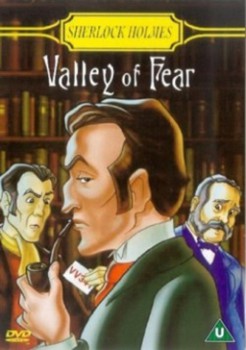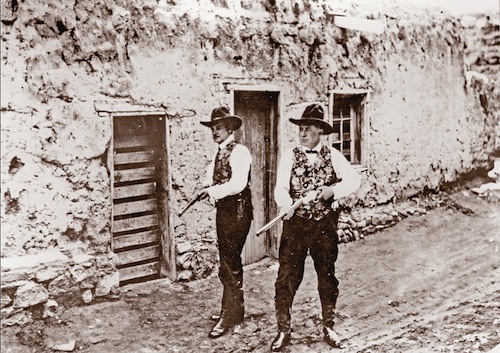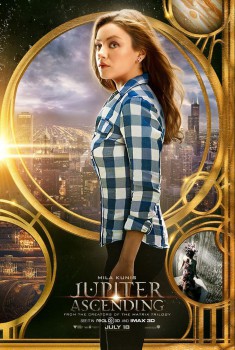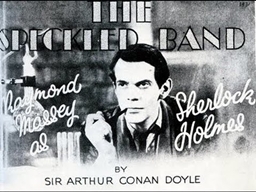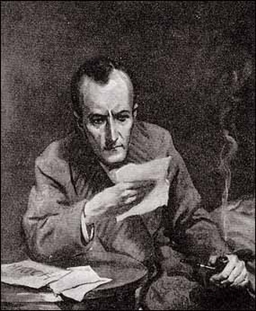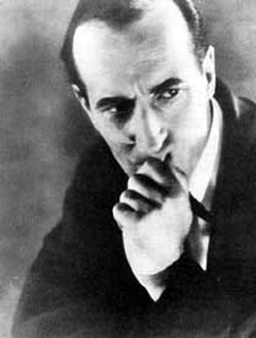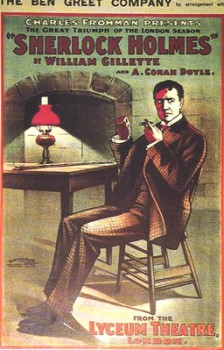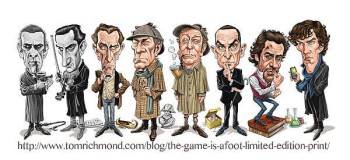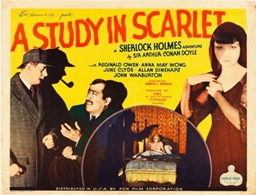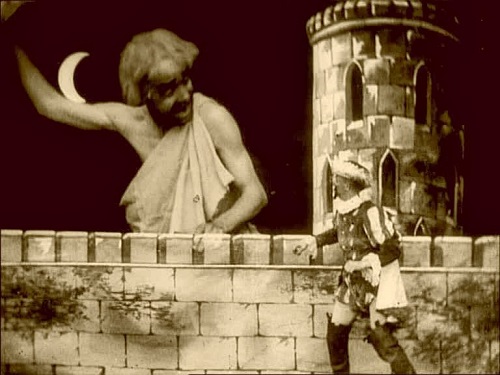The Fantasy and Science Fiction Films of Thomas Edison

In the annals of early silent film, the name Thomas Edison stands out prominently. The American inventor racked up a series of firsts–building the first film studio in the U.S., registering the first copyright for a film in the U.S., making the first sound film in the U.S. (and arguably the world), and many other innovations.
Edison Studios was launched in 1894 and ran until 1918, when an antitrust lawsuit led Edison to sell the company. In that time, the studio’s host of directors made almost 1300 films. The vast majority were shorts, with the earliest efforts being “actualities” such as The Sneeze (1894) and the historically interesting Sioux Ghost Dance (1894). For the first few years of film, simply seeing people moving on screen was enough, but soon audiences wanted stories. Edison Studios churned out dozens of shorts a month, most of them rather forgettable comedies or dramas as well as a few Westerns such as the very first in the genre, The Great Train Robbery (1903).
A few, however, broke new ground in fantasy, science fiction, and horror. The most notable are The Night Before Christmas (1905), Alice’s Adventures in Wonderland (1910), A Christmas Carol (1910), Frankenstein (1910), A Trip to Mars (1910), and the powerful The Land Beyond the Sunset (1912). Click the links to watch the movies. None are longer than 13 minutes. Spoilers are coming.
